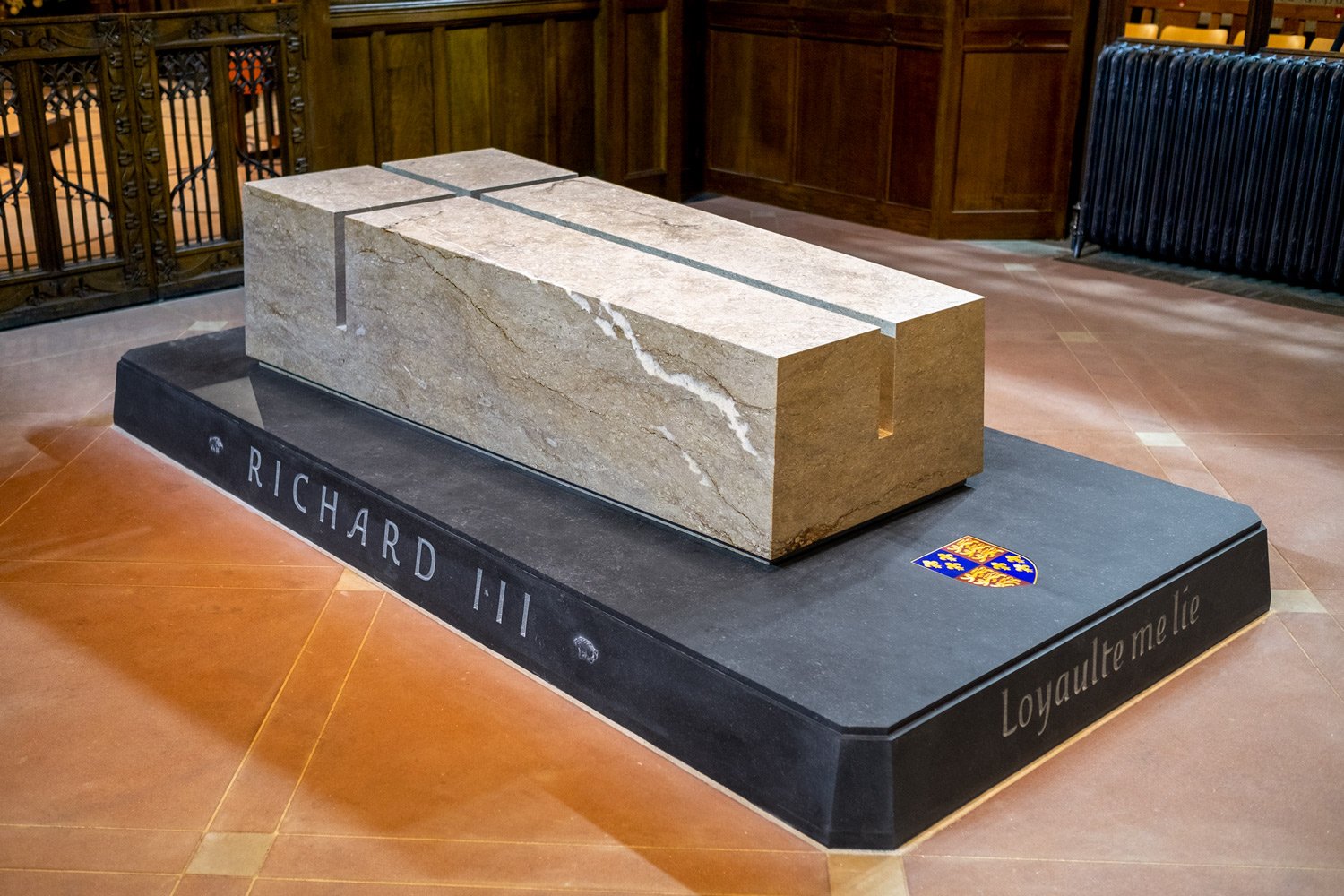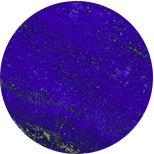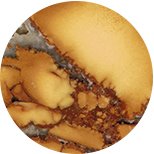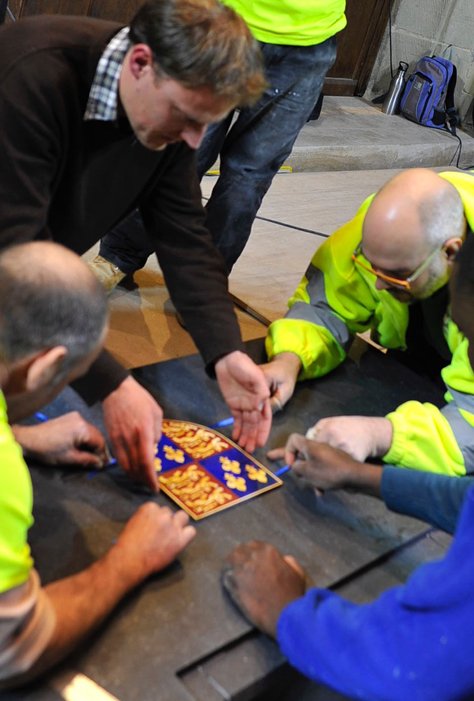
+ Click to zoom
Richard III Coat of Arms
25 x 21.5 cm
Thomas was approached to undertake this unique commission of Richard III’s coat of arms for his tombstone in Leicester Cathedral. Working in close collaboration with James Elliott, maker of the tomb itself, and the architects, van Heyningen & Hayward, the shield was set into the Kilkenny plinth on the tomb. Over 350 pieces of stone were used in the shield and each lion’s head has 19 individually worked pieces of stone, most of which are only around 1cm tall. It took over two months’ work to design and make this shield using incredibly valuable and rare stones. Made entirely using traditional Florentine pietra dura techniques used during the Renaissance, this was a once-in-a-lifetime project.
In-depth research informed Thomas’s choice of stones for the shield, with the design needing to be approved for accuracy by the College of Arms.
Thank you to Leicester Cathedral, James Elliott, and Alex J. Wright for permission to use The Making of King Richard III’s Tomb footage and film.
Materials
Duke’s Red
Lapis-Lazuli
Calcedonio Bianco
Calcedonio Giallo
The finest quality lapis lazuli from Afghanistan was the perfect choice for the deep blue background and the lions’ tiny claws and tongues. The use of an English stone was fitting for a King of England and Duke’s Red from Derbyshire was the perfect choice for the red background. There is a very limited amount of this limestone left and the stone used in this commission was quarried in Derbyshire in 1823; much of this stone is found at Chatsworth, the ancestral home of the Duke and Duchess of Devonshire. Tuscan yellow chalcedony gave a wonderful brightness to the lions and the fleurs-de-lis. Thomas sourced the very best of this stone, ensuring that it was of a warm yellow hue. The eyes and ears of the lions were cut from white chalcedony and brown English Ashburton marble.










